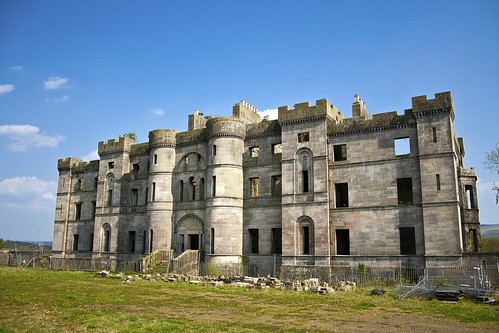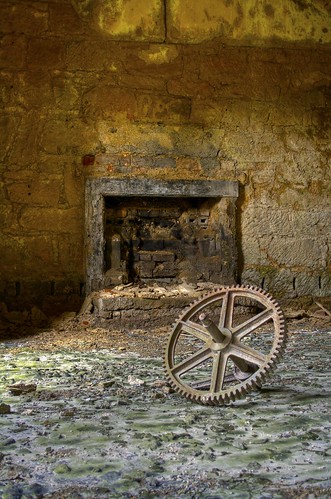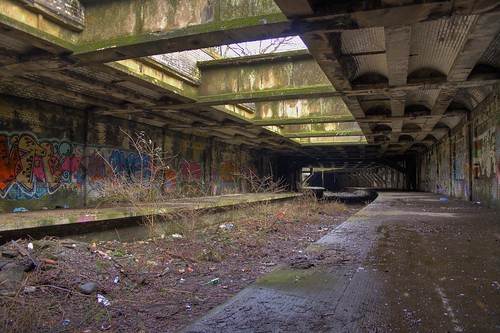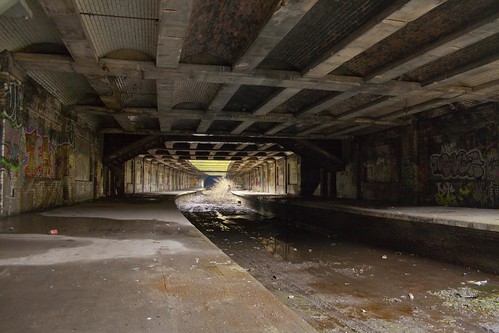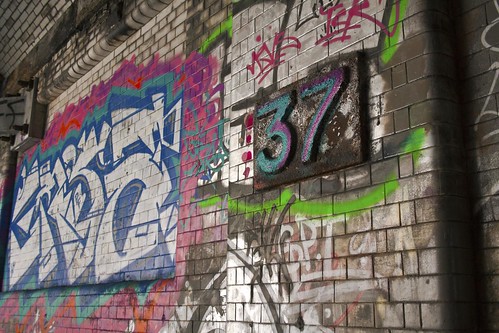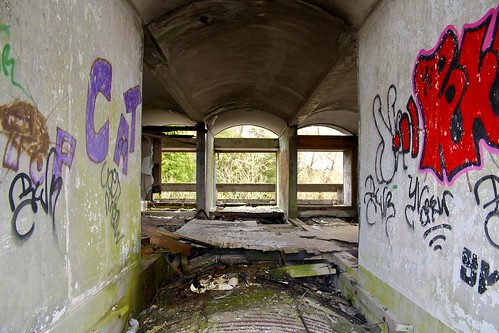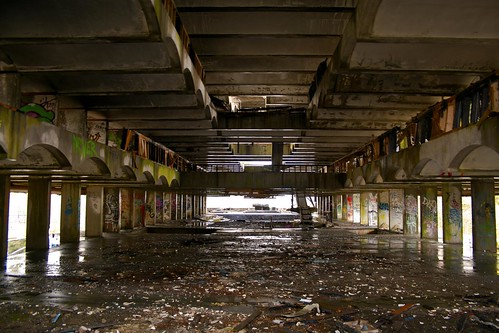Let’s try to picture a house, our house. Our shelter, the place where we rest, where every day we find ourselves in. We may travel all around the world, but home is always our fixed point, our main destination. Now let’s imagine losing it, having to abandon it forever…let’s picture a village, or a city, let’s picture every single place we hang around every single day. Let’s picture a memory of our childhoods. And now, let’s picture a cemetery of houses, of broken memories and ruins of interrupted lives…this was the sad destiny of many towns, and will be the inescapable destiny of many others.
Large is the number of ghost towns in Italy and the world, larger than what one would imagine. Some to resist time and destruction for now, others are gone forever, erased from memory and maps alike. Many can be the causes for this most times traumatic and painful abandon. Earthquakes, floods, fires, landslides, natural phenomena in front of which we remain defenceless. Many towns were forgotten and left alone even before dying. Maybe after being exploited for as long as they could produce wealth. And then they empty slowly, and slowly they become skeletons of the past. Because man needs a home to feel safe, but the home too needs man to keep standing… The present of many houses, today, is this…
 |
| Romagnano Al Monte, abandoned after the Irpinia Earthquake, Italy. |
But the future could be even worse…
 |
| The future of Timbuktu |
A city like Detroit has lost more than 700.000 residents in the last 30 years. Half a century ago it numbered almost 2 million inhabitants, today it’s down to 900.000 and the number keeps dropping. But Banjul, capital city of Gambia, faces the risk of complete sinking due to erosion and the rising of the sea level. Mexico City, too, is sinking, because of the aquifer that constitutes the city’s primary drinking water source. Each time one of its residents drinks a glass of water, the city subsides a little. In the last 100 years, it has sunk as much as 9 metres. Naples could potentially be destroyed by a Vesuvio eruption, as could San Francisco by the infamous “Big One”.
 |
| How Detroit looks like today |
Past can’t be changed, but it’s in the present that we can do something to keep whole cities from disappearing or being forgotten. In Italy, a recent report by Legambiente and Serico-Gruppo Cresme has forseen that in 2016 4.395 will be the towns that, if no interventions are made, will suffer a progressive housing problems: 42,2% of Italian towns, 10,4% of the population. Among these, 1.650 are destined to become actual ghost towns, which means a fifth of all Italian municipalities, the 4,2% of the population. To the already numerous ghost towns will thus add more, in a spiralling motion of relentless abandon.
For many, ghost towns are places with a mysterious charm, remote corners to experience the absence of man where there once was a heavy presence. Apocalyptic landscapes of a destroyed past, where a camera can capture a decaying but still attractive and seductive remain of someone else’s lives. But it’s not so for everyone…for those who lived there, it’s not a ghost town, it’s home disappearing into oblivion. In our journey through these villages, we met many people who sadly told us “We’ve been forgotten”. This is the truth. We have forgotten that in Italy there still are authentic and wonderful places, where old cultures and traditions still survive, where people live simply and with fond attachment to their roots. We’ve seen these villages emptied, now inhabited only by the elderly because the young have gone away. Those very elderly who already had to abandon their homes and now see their hometown disappear. Ghost towns can be enhanced by telling their story, as long as we don’t stay indifferent. They existed and still try to survive, but if nothing is done they will die with the last who lived there. We must help them be remembered, and most importantly avoid them falling apart forever. And if for many of them it’s already too late, for many others there’s still much that can be done to contrast their abandon and prevent a piece of Italy from being forgotten. For a place with no memory has no future, but future is what we create in the present…
(Translation by Marco Salvadori)

